 8 Must-See Spots in the Marais to Discover the Real Paris
8 Must-See Spots in the Marais to Discover the Real Paris
The first time I strolled through the Marais, it was clear that this was the district that embodied a new-bohemian — and slightly…
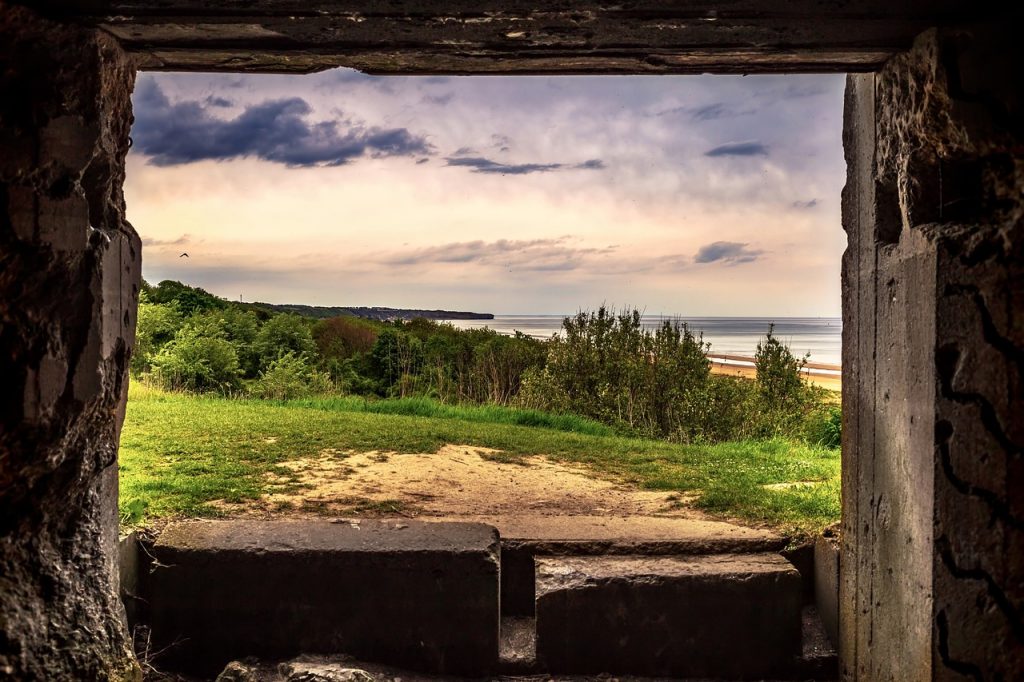
A visit to the D-Day beaches in Normandy is an experience everyone should have at least once in their lives. These beaches hold so much historical importance as the place that marks the beginning of the end of the Nazi occupation during World War II.
If you’ve ever felt moved to honor the fallen while immersing yourself in history, a visit to the beaches of Normandy is a must. In this post, I’ll give an overview of the history, share my personal insights from visiting the Normandy beaches, give tips for how to visit, and let you know the key sights to see while you’re there.
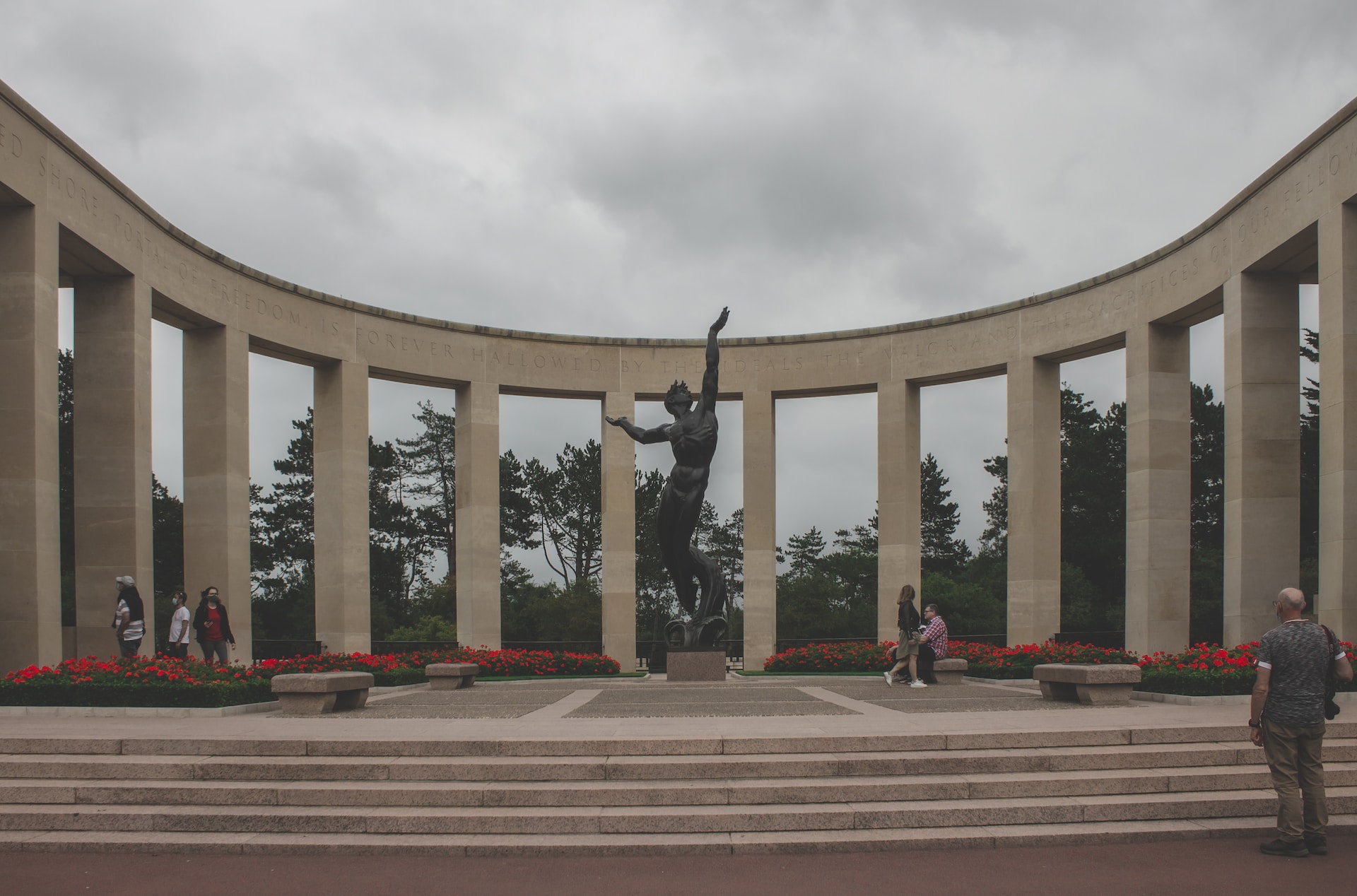
The beaches of Normandy became known worldwide when they were invaded on June 4, 1944.
This was D-Day, and what happened on this day began the liberation of Europe from Nazi German occupation and marked the beginning of the end of World War II.
The beaches, which were given the code names Utah, Omaha, Gold, Juno, and Sword, were where nearly 133,000 allied troops from Canada, the U.S., Great Britain, and other European countries landed and joined forces. On D-Day, the Allies launched the largest amphibious attack in history against the Germans who occupied France at the time.
But as with all wars, thousands of lives were lost on D-Day, making the Normandy beaches a solemn and sacred place to visit and honor those who served and lost their lives for our freedom.
Have you ever wanted to see where an important part of history happened? A trip to the beaches of Normandy can affect you like nothing else can. That’s how I felt when I visited with my family several years ago.
To see the place where so many people lost their lives in the name of freedom was an experience I will never forget. Just to think of the courage the troops had to have as they battled German forces on Omaha Beach was a humbling experience. And it carried home the truth that the price of freedom can be great.
Visiting any of the five beaches of Normandy can be an emotional experience for anyone who visits, but they’re worth seeing even if your visit to France won’t be very long. In fact, it’s easy to do a Normandy day trip from Paris so you’re there and back without needing an extra hotel night outside the capital.
Here are a few things to do in Normandy as you visit the D-Day beaches.
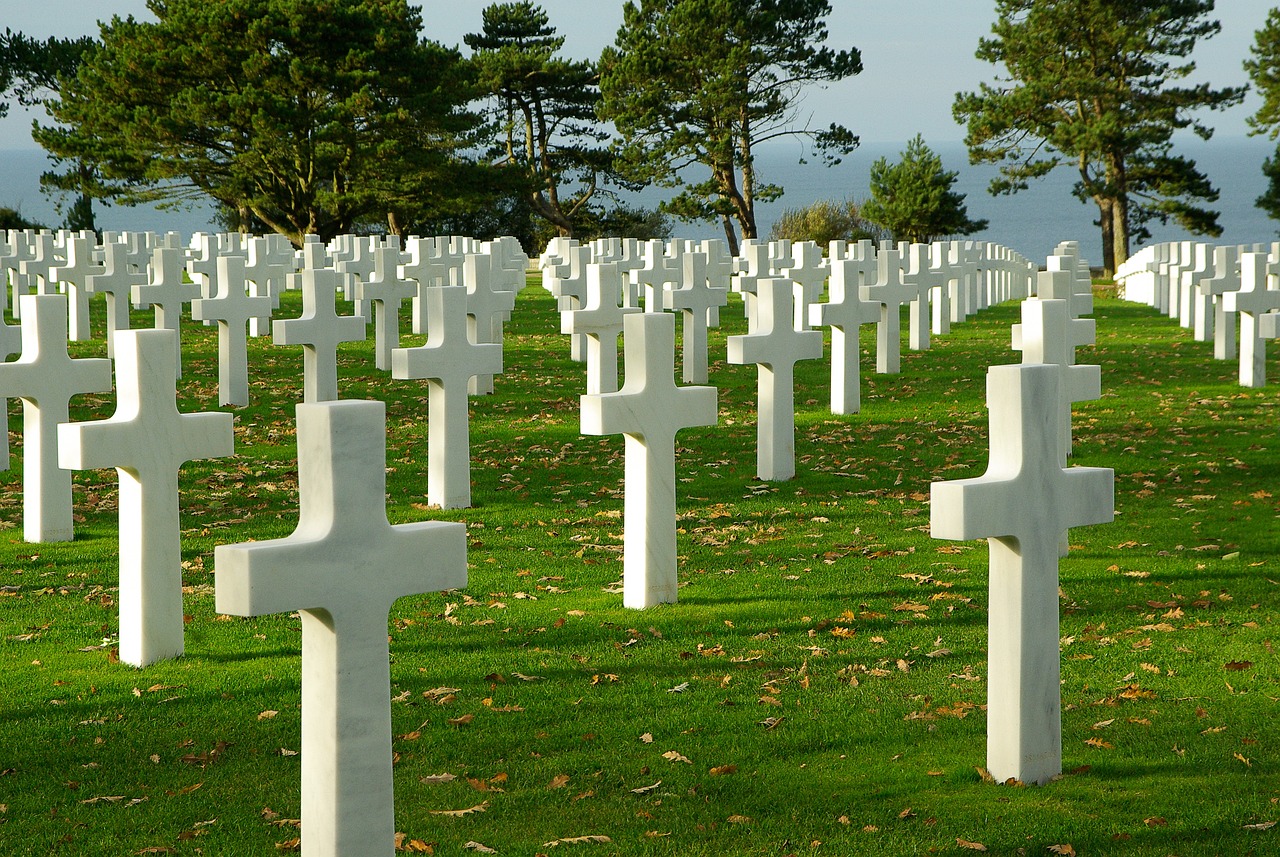
While each of the beaches in Normandy offers its own experiences, there are other sites including memorials and cemeteries for visitors to get a better understanding of what happened on D-Day and beyond.
Here are some of the best things to see and do in Normandy on your visit.
The American Cemetery at Omaha Beach is an especially somber and memorable place to visit. The part of my trip I remember the most was seeing thousands of white crosses dotting the landscape and hearing “Taps” played on the trumpet during a wreath-laying ceremony.
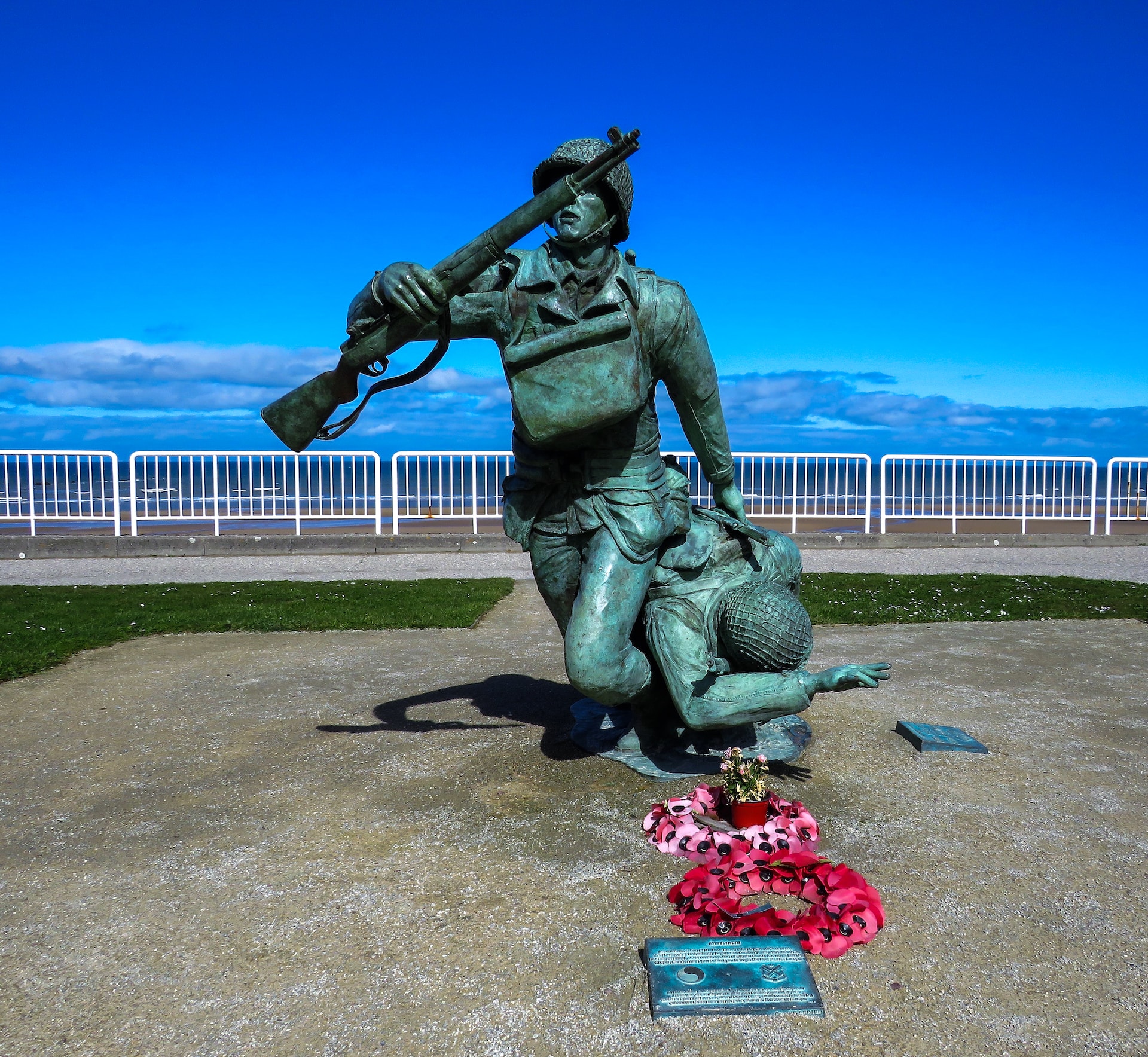
When visiting the D-Day beaches from Paris, here are some helpful tips to help you plan for your trip.
Pack a few essentials. A day trip to the Normandy beaches from Paris will be a full day from the early morning to evening if you want to make the most of your time, so it’s helpful to have a small bag or backpack with you for items you might need. Water, snacks, and sunscreen are a must. Check the weather before you go to see if you should bring an umbrella or jacket as well.
Wear good walking shoes. A sturdy pair of shoes is helpful since you’ll be walking on the beaches and all around the historic sites. Most visits to more than one of the D-Day beaches will involve over a mile of walking.
Go with a group. Booking a guided tour means all the logistics are taken care of. You show up at the bus, and you’re set. You also have an expert to share the history and context of the sites you’ll visit, which enriches your experience Our Normandy beaches tour also includes a special wreath-laying ceremony
Understand the context of the places you’re visiting. You might read about them before you go, or visit with a guide who can tell you more about what you’re seeing, but understanding these somber and sacred sites will enhance your experience. This is an important area that affected world history.
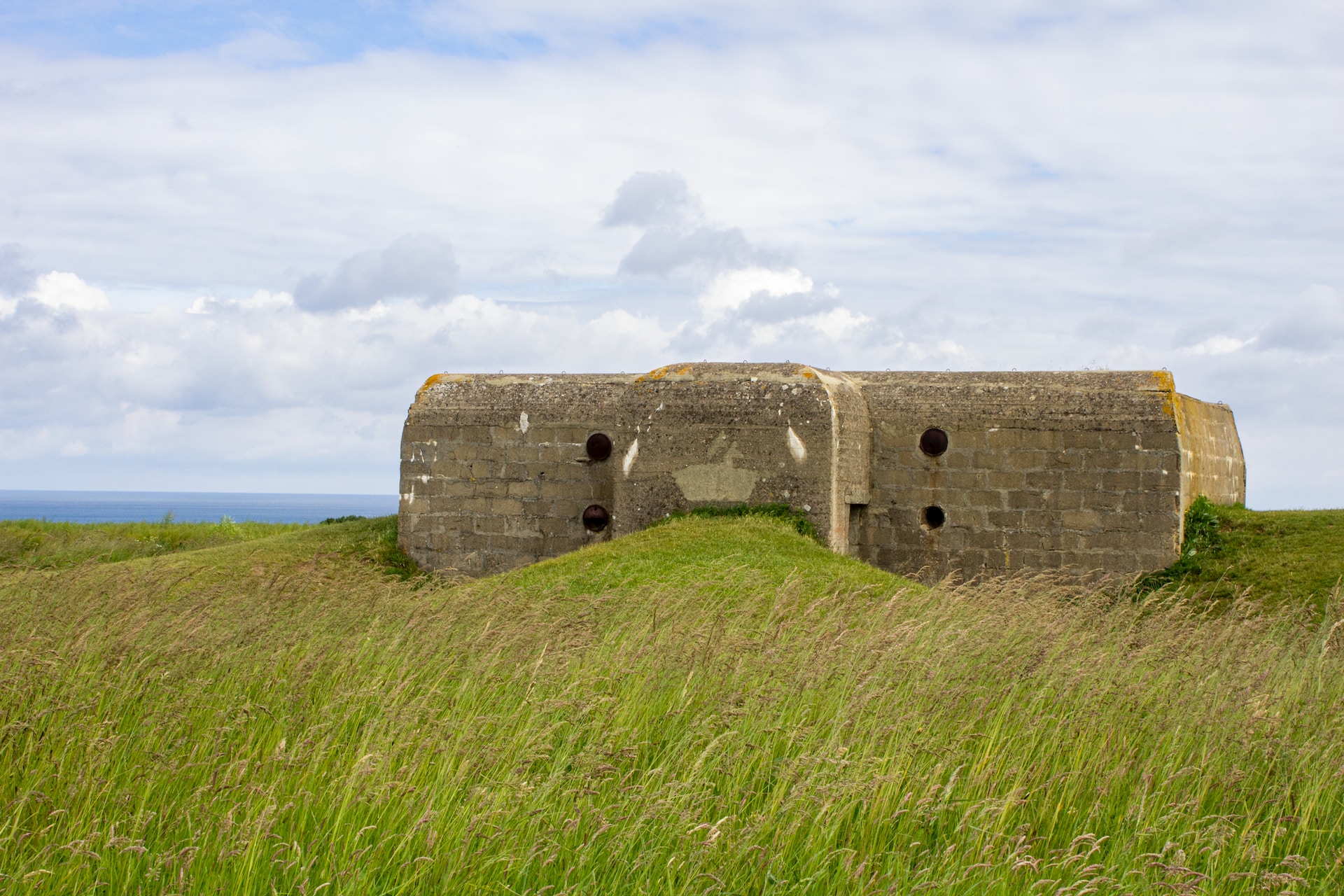
I hope I’ve convinced you that visiting the D-Day beaches of Normandy is absolutely worth it. Even if your visit is focused on the charms and tours of Paris, if you have a day to spare, get outside the city and explore this important historical area. You’ll be glad you did.
 8 Must-See Spots in the Marais to Discover the Real Paris
8 Must-See Spots in the Marais to Discover the Real Paris
The first time I strolled through the Marais, it was clear that this was the district that embodied a new-bohemian — and slightly…
 A Guide To Visiting Montparnasse: What To See and Do
A Guide To Visiting Montparnasse: What To See and Do
Stretching across parts of the 6th, 14th and 15th arrondissements on Rive Gauche (the Left Bank of the Seine), Montparnasse is easily recognized…
 I Was There When Notre Dame Burned — Here’s What I Learned
I Was There When Notre Dame Burned — Here’s What I Learned
It was April 15, 2019, the day Notre Dame caught on fire, but I remember it as though it was yesterday. I woke…